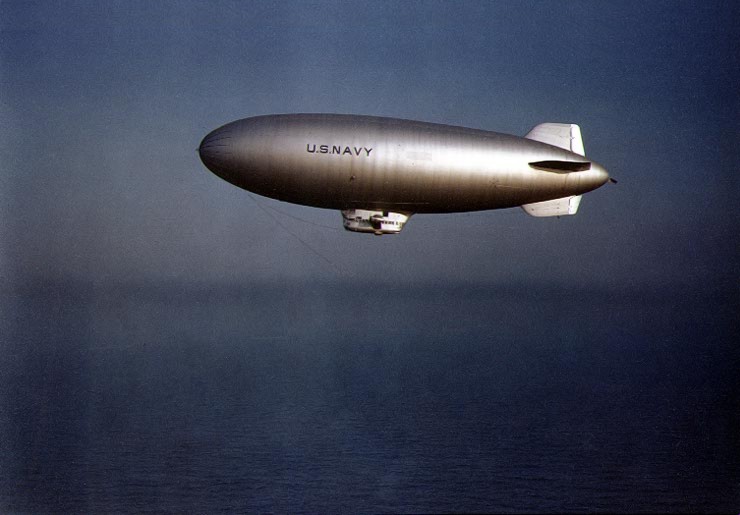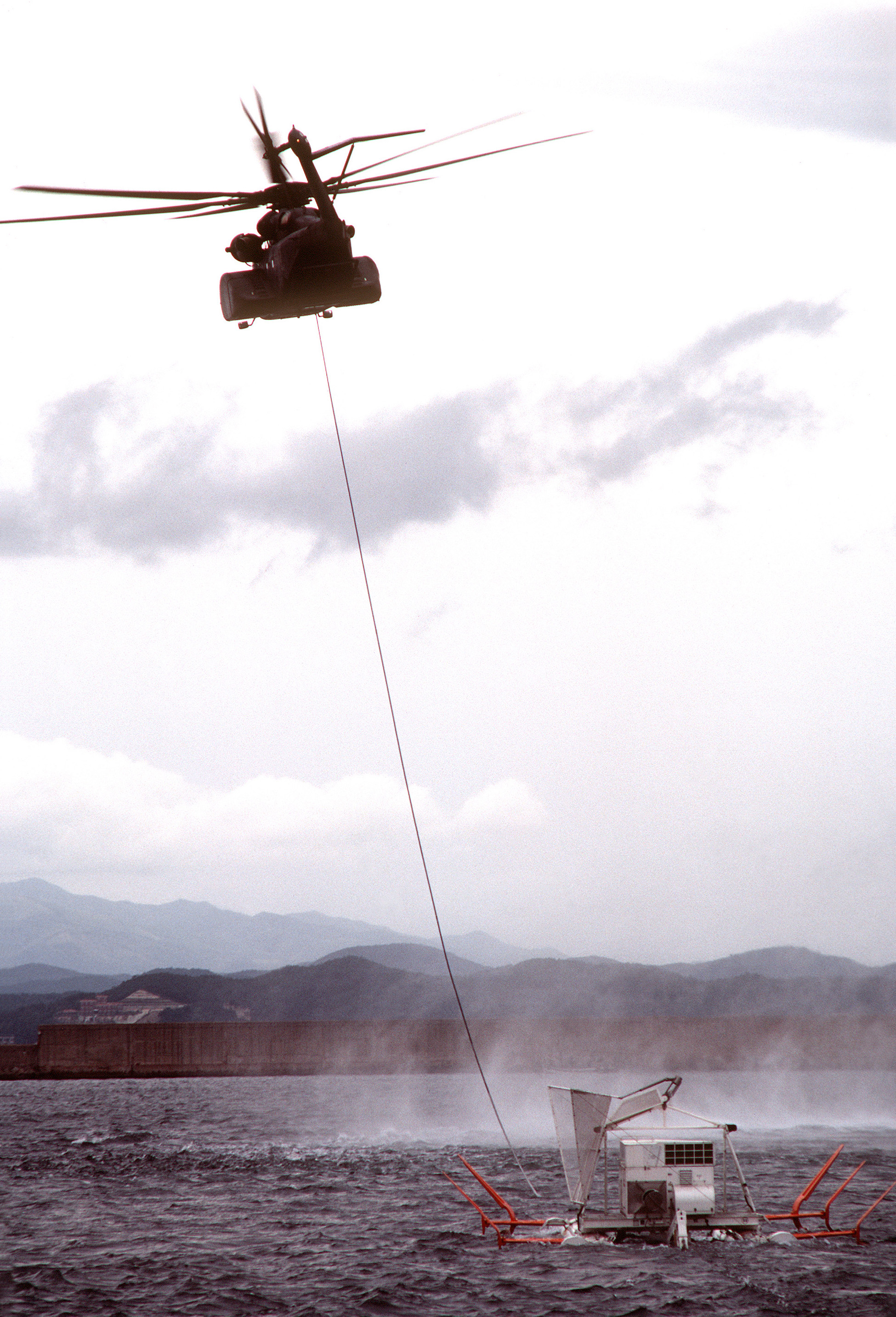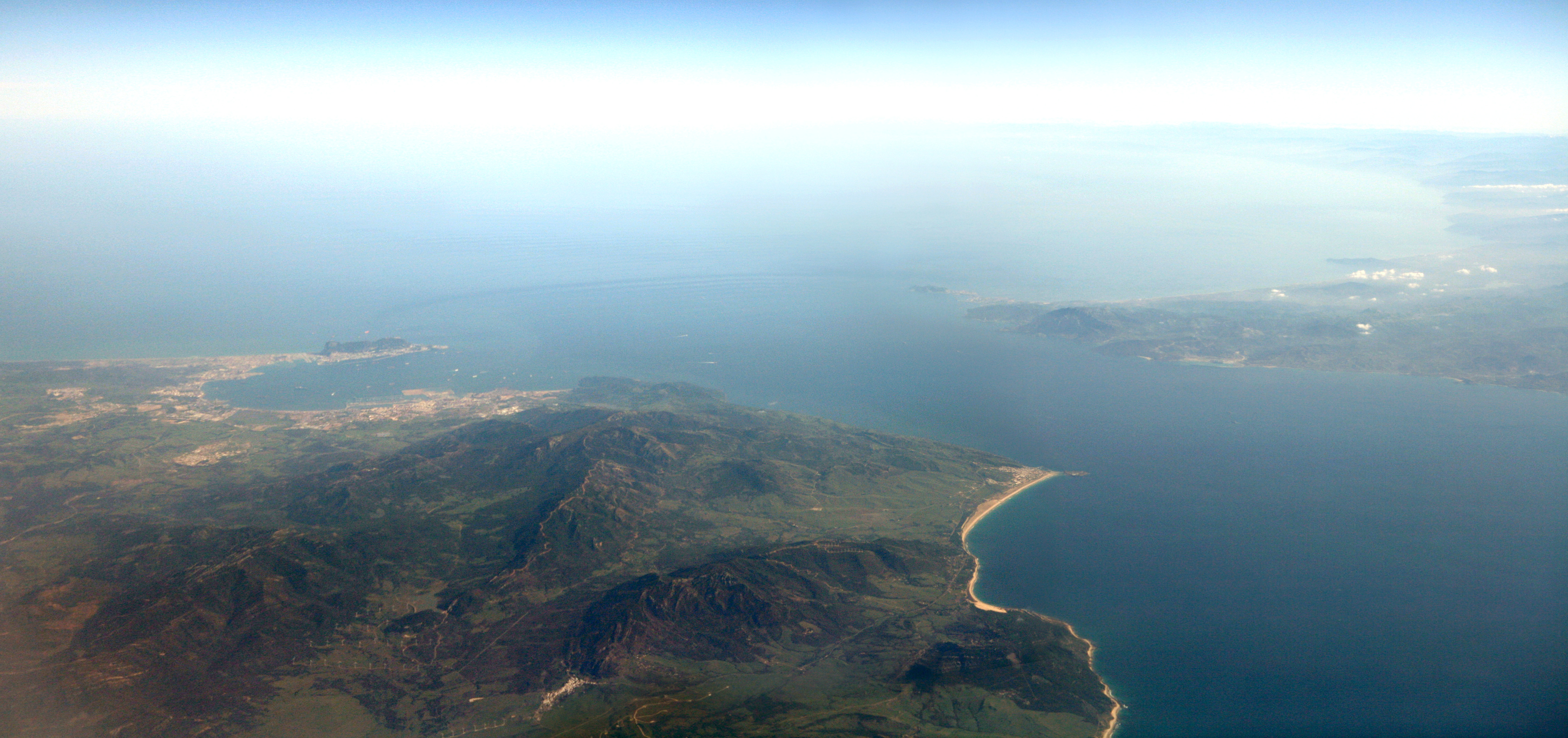|
K-class Blimp
The ''K''-class blimp was a class of blimps (non-rigid airship) built by the Goodyear Aircraft Company of Akron, Ohio for the United States Navy. These blimps were powered by two Pratt & Whitney ''Wasp'' nine-cylinder radial air-cooled engines, each mounted on twin-strut outriggers, one per side of the control car that hung under the envelope. Before and during World War II, 134 ''K''-class blimps were built and configured for patrol and anti-submarine warfare operations, and were extensively used in the Navy’s anti-submarine efforts in the Atlantic and Pacific Ocean areas. Development In 1937, ''K-2'' was ordered from Goodyear as part of a contract that also bought the ''L-1'', (Goodyear’s standard advertising and passenger blimp). ''K-2'' was the production prototype for future ''K''-class airship purchases. ''K-2'' flew for the first time at Akron, Ohio on December 6, 1938 and was delivered to the Navy at NAS Lakehurst, New Jersey on December 16. The envelope capa ... [...More Info...] [...Related Items...] OR: [Wikipedia] [Google] [Baidu] |
WikiProject Aircraft
A WikiProject, or Wikiproject, is a Wikimedia movement affinity group for contributors with shared goals. WikiProjects are prevalent within the largest wiki, Wikipedia, and exist to varying degrees within Wikimedia project, sister projects such as Wiktionary, Wikiquote, Wikidata, and Wikisource. They also exist in different languages, and translation of articles is a form of their collaboration. During the COVID-19 pandemic, CBS News noted the role of Wikipedia's WikiProject Medicine in maintaining the accuracy of articles related to the disease. Another WikiProject that has drawn attention is WikiProject Women Scientists, which was profiled by ''Smithsonian Magazine, Smithsonian'' for its efforts to improve coverage of women scientists which the profile noted had "helped increase the number of female scientists on Wikipedia from around 1,600 to over 5,000". On Wikipedia Some Wikipedia WikiProjects are substantial enough to engage in cooperative activities with outside organization ... [...More Info...] [...Related Items...] OR: [Wikipedia] [Google] [Baidu] |
M-class Blimp
The Goodyear Aircraft Company of Akron, Ohio built the M-class blimp for the US Navy as the follow-on to the K-class anti-submarine warfare blimp used during World War II. It was a significantly larger airship, 50% larger than its predecessor. Four airships, designated M-1 through M-4, were delivered in early 1944. Operations of K-ships in tropical regions had shown a need for a blimp with greater volume to offset the loss of lift due to high ambient temperatures. A contract was awarded to the Goodyear Aircraft Company for the prototype M-class blimp on August 16, 1943. This contract was followed by another contract on September 11, 1943 for 21 M-class blimps. These airships were given the Navy designation of ZNP-M, (Z = lighter-than-air; N = non-rigid; P = patrol; M = type/class.) However, on November 22, 1943, the quantity of blimps was reduced to four. These were delivered to the Navy in February, March, and April 1944. The M-Class airships were retired from service by 1956. ... [...More Info...] [...Related Items...] OR: [Wikipedia] [Google] [Baidu] |
Yalta Conference
The Yalta Conference (codenamed Argonaut), also known as the Crimea Conference, held 4–11 February 1945, was the World War II meeting of the heads of government of the United States, the United Kingdom, and the Soviet Union to discuss the postwar reorganization of Germany and Europe. The three states were represented by President Franklin D. Roosevelt, Prime Minister Winston Churchill, and General Secretary Joseph Stalin, respectively. The conference was held near Yalta in Crimea, Soviet Union, within the Livadia, Yusupov, and Vorontsov palaces. The aim of the conference was to shape a postwar peace that represented not only a collective security order but also a plan to give self-determination to the liberated peoples of Europe. Intended mainly to discuss the re-establishment of the nations of war-torn Europe, within a few years, with the Cold War dividing the continent, the conference became a subject of intense controversy. Yalta was the second of three major wartime ... [...More Info...] [...Related Items...] OR: [Wikipedia] [Google] [Baidu] |
Minesweeping
Minesweeping is the practice of the removal of explosive naval mines, usually by a specially designed ship called a minesweeper using various measures to either capture or detonate the mines, but sometimes also with an aircraft made for that purpose. Minesweeping has been practiced since the advent of naval mining in 1855 in the Crimean War. The first minesweepers date to that war and consisted of British rowboats trailing grapnels to snag the mines. By ship A sweep is either a contact sweep, a wire dragged through the water by one or two ships to cut the mooring wire of floating mines, or a distance sweep that mimics a ship to detonate the mines. The sweeps are dragged by minesweepers, either purpose-built military ships or converted trawlers. Each run covers between , and the ships must move slowly in a straight line, making them vulnerable to enemy fire. This was exploited by the Turkish army in the Battle of Gallipoli in 1915, when mobile howitzer batteries prevented ... [...More Info...] [...Related Items...] OR: [Wikipedia] [Google] [Baidu] |
Straits Of Gibraltar
The Strait of Gibraltar ( ar, مضيق جبل طارق, Maḍīq Jabal Ṭāriq; es, Estrecho de Gibraltar, Archaic: Pillars of Hercules), also known as the Straits of Gibraltar, is a narrow strait that connects the Atlantic Ocean to the Mediterranean Sea and separates the Iberian Peninsula in Europe from Morocco in Africa. The two continents are separated by of ocean at the Strait's narrowest point between Point Marroquí in Spain and Point Cires in Morocco. Ferries cross between the two continents every day in as little as 35 minutes. The Strait's depth ranges between which possibly interacted with the lower mean sea level of the last major glaciation 20,000 years ago when the level of the sea is believed to have been lower by . The strait lies in the territorial waters of Morocco, Spain, and the British overseas territory of Gibraltar. Under the United Nations Convention on the Law of the Sea, foreign vessels and aircraft have the freedom of navigation and overflight ... [...More Info...] [...Related Items...] OR: [Wikipedia] [Google] [Baidu] |
B-24
The Consolidated B-24 Liberator is an American heavy bomber, designed by Consolidated Aircraft of San Diego, California. It was known within the company as the Model 32, and some initial production aircraft were laid down as export models designated as various LB-30s, in the Land Bomber design category. At its inception, the B-24 was a modern design featuring a highly efficient shoulder-mounted, high aspect ratio Davis wing. The wing gave the Liberator a high cruise speed, long range and the ability to carry a heavy bomb load. Early RAF Liberators were the first aircraft to cross the Atlantic Ocean as a matter of routine. In comparison with its contemporaries, the B-24 was relatively difficult to fly and had poor low-speed performance; it also had a lower ceiling and was less robust than the Boeing B-17 Flying Fortress. While aircrews tended to prefer the B-17, General Staff favored the B-24 and procured it in huge numbers for a wide variety of roles. At approximately ... [...More Info...] [...Related Items...] OR: [Wikipedia] [Google] [Baidu] |
Kenitra Airport
Kenitra Air Base (Arabic: �لقنيطرةمطار) is a military airport in Kenitra, a city in the Rabat-Salé-Kénitra region in Morocco. It is also known as the Third Royal Air Force Base, operated by the Royal Moroccan Air Force. History Kenitra Air Base was previously known as Craw Field, named for Medal of Honor recipient Colonel Demas T. Craw, USAAF, who was killed while attempting to deliver a message from American General Lucian Truscott to the Vichy French Commander at Port Lyautey requesting that the French surrender. Although imprisoned, Craw's interpreter, Major Pierpont Hamilton, negotiated the French surrender during Operation Torch and the airport was eventually secured for the Allied forces. Pierpont Hamilton also received the Medal of Honor for his actions. The air base at Port Lyautey served as a staging area for many Allied operations in North Africa and the Mediterranean Theater of Operations (MTO) during World War II. For the first three months after capt ... [...More Info...] [...Related Items...] OR: [Wikipedia] [Google] [Baidu] |
Lajes Field
Lajes Field or Lajes Air Base (; pt, Base Aérea das Lajes), officially designated Air Base No. 4 (''Base Aérea Nº 4'', BA4) , is a multi-use airfield near Lajes and northeast of Angra do Heroísmo on Terceira Island in the Azores, Portugal. It is home to the Portuguese Air Force ''Base Aérea N º4'' and Azores Air Zone Command ( pt, Comando da Zona Aérea dos Açores), a United States Air Force detachment unit (operated by the 65th Air Base Group of United States Air Forces in Europe - Air Forces Africa), and a regional air passenger terminal. Located about east of New York City and about west of Lisbon, Portugal; the base sits in a strategic location midway between North America and Europe in the north Atlantic Ocean. History The origin of the Lajes Field dates back to 1928, when Portuguese Army Lieutenant colonel Eduardo Gomes da Silva wrote a report on the possible construction of an airfield in the plainland of Lajes, for that branch's aviation service ( pt, Aer ... [...More Info...] [...Related Items...] OR: [Wikipedia] [Google] [Baidu] |
Naval Station Argentia
Naval Station Argentia is a former base of the United States Navy that operated from 1941 to 1994. It was established in the community of Argentia in what was then the Dominion of Newfoundland, which later became the tenth Canadian province, Newfoundland and Labrador. Construction Established under the British-US destroyers for bases agreement of 1940, the base was first occupied on 25 January 1941 following the expropriation of the flat headland formed by a small natural bay called Little Placentia Sound and the western end facing Placentia Bay by the Newfoundland government; over 400 families were displaced. Civilian construction crews from civilian contractors George A. Fuller Company and Merritt-Chapman and Scott Corporation, rushed to build the base as well as an adjoining air field. On 15 July 1941, the Naval Operating Base was commissioned. On 12 October 1942 the 17th Naval Construction Battalion began to arrive at the base and worked jointly with the civilians until 5 ... [...More Info...] [...Related Items...] OR: [Wikipedia] [Google] [Baidu] |
South Weymouth Naval Air Station
Naval Air Station South Weymouth was an operational United States Navy airfield from 1942 to 1997 in South Weymouth, Massachusetts. It was first established as a regular Navy blimp base during World War II. During the postwar era the base became part of the Naval Air Reserve Training Command, hosting a variety of Navy and Marine Corps reserve aircraft squadrons and other types of reserve units. Like most BRAC sites, environmental contamination was detected in 1986, and since 1993 numerous remedies and long term monitoring of ground water are in place. Since 2005, over 600 acres have been transferred to the affected towns for reuse, and in 2011 the Navy signed a $25 million contract to transfer its remaining land. World War II In 1938, the site was surveyed as a possible location for a municipal airport, which was never built. Construction work on the base began in September 1941 and the base was commissioned as the United States Naval Air Station South Weymouth on 1 March 1942 ... [...More Info...] [...Related Items...] OR: [Wikipedia] [Google] [Baidu] |
Depth Bomb
A depth charge is an anti-submarine warfare (ASW) weapon. It is intended to destroy a submarine by being dropped into the water nearby and detonating, subjecting the target to a powerful and destructive hydraulic shock. Most depth charges use high explosive charges and a fuze set to detonate the charge, typically at a specific depth. Depth charges can be dropped by ships, patrol aircraft, and helicopters. Depth charges were developed during World War I, and were one of the first viable methods of attacking a submarine underwater. They were widely used in World War I and World War II, and remained part of the anti-submarine arsenals of many navies during the Cold War, during which they were supplemented, and later largely replaced, by anti-submarine homing torpedoes. A depth charge fitted with a nuclear warhead is also known as a " nuclear depth bomb". These were designed to be dropped from a patrol plane or deployed by an anti-submarine missile from a surface ship, o ... [...More Info...] [...Related Items...] OR: [Wikipedia] [Google] [Baidu] |
Magnetic Anomaly Detection
A magnetic anomaly detector (MAD) is an instrument used to detect minute variations in the Earth's magnetic field. The term refers specifically to magnetometers used by military forces to detect submarines (a mass of ferromagnetic material creates a detectable disturbance in the magnetic field); military MAD equipment is a descendant of geomagnetic survey or aeromagnetic survey instruments used to search for minerals by detecting their disturbance of the normal earth-field. History Geoexploration by measuring and studying variations in the Earth's magnetic field has been conducted by scientists since 1843. The first uses of magnetometers were for the location of ore deposits. Thalen's "The Examination of Iron Ore Deposits by Magnetic Measurements", published in 1879, was the first scientific treatise describing this practical use. Magnetic anomaly detectors employed to detect submarines during World War II harnessed the fluxgate magnetometer, an inexpensive and easy to u ... [...More Info...] [...Related Items...] OR: [Wikipedia] [Google] [Baidu] |







02.jpg)